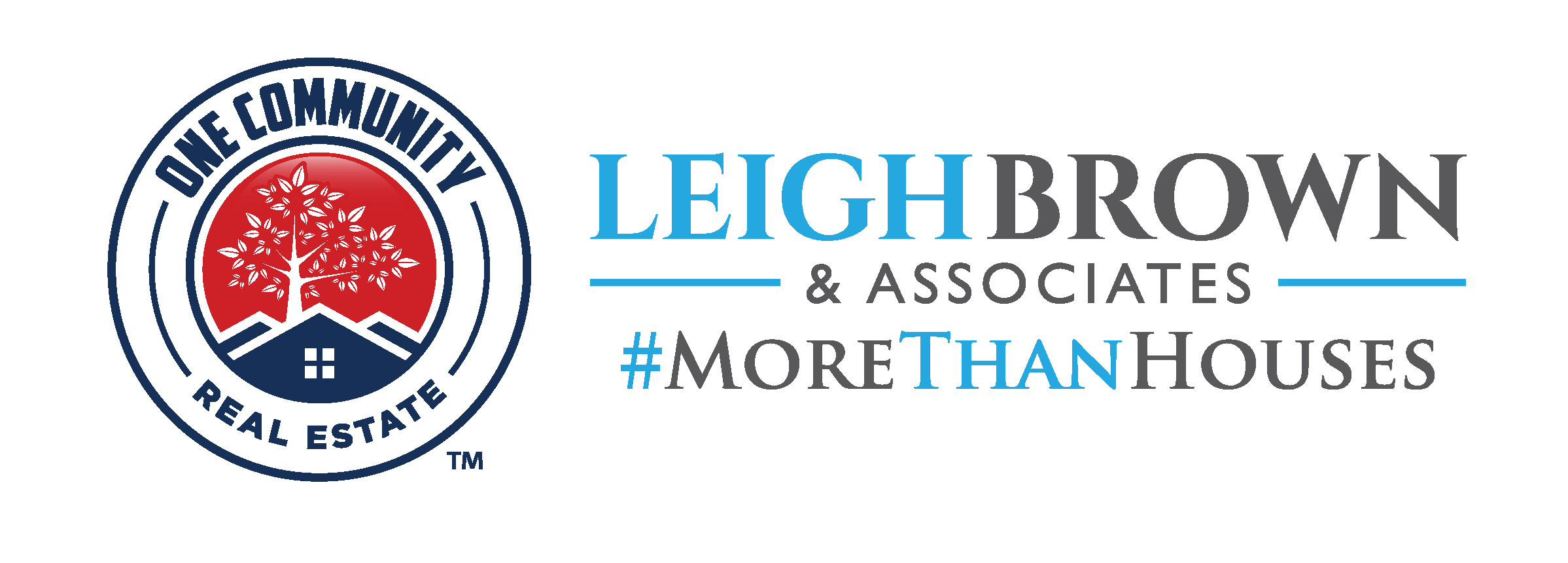 “You’re hot then you’re cold.” Katy Perry. Inflation is heating up, while the housing market shows signs of cooling. Meanwhile, the Fed continues to taper its massive Bond-buying program at a steady pace.
“You’re hot then you’re cold.” Katy Perry. Inflation is heating up, while the housing market shows signs of cooling. Meanwhile, the Fed continues to taper its massive Bond-buying program at a steady pace.
The hot housing market from 2013 is cooling off as the second half of 2014 approaches. May Housing Starts fell by 6.5 percent from April to an annual rate of 1.001 million units. Housing Starts measure the number of new residential construction projects during any particular month. Meanwhile, Building Permits, a sign of future construction, declined by 6.4 percent to an annual rate of 991,000. In addition, Freddie Mac’s 2014 Economic and Housing Outlook revealed that single-family housing remains weaker than Freddie Mac projected six months ago, while multi-family dwellings appears to be on track.
There was some positive housing news, as the National Association of Home Builders Housing Market Index rose to 49 in June, up from 45 recorded in May. The reading for June is one point shy of the 50 threshold, the level that’s considered good for new construction conditions.
On the inflation front, the Consumer Price Index for May came in hotter than expected. This is significant because inflation erodes the value of fixed assets like Mortgage Bonds. And since home loan rates are tied to Mortgage Bonds, hotter inflation could spell trouble for home loan rates as we move further ahead this year. Also of note, the Federal Reserve announced that it will continue to taper its massive Bond-buying program. Beginning in July, the Fed will purchase $15 billion in Mortgage Bonds and $20 billion in Treasuries per month, an overall decrease of $10 billion.
What does this mean for home loan rates? Tensions overseas, the Fed’s Bond-buying program and weak economic reports have been key factors in helping Bonds and home loan rates improve this spring. However, hotter inflation could spell trouble and it’s something to watch closely in the weeks and months ahead.
The takeaway is that now remains a great time to consider a home purchase or refinance.
(Source: Uwharrie Bank)
